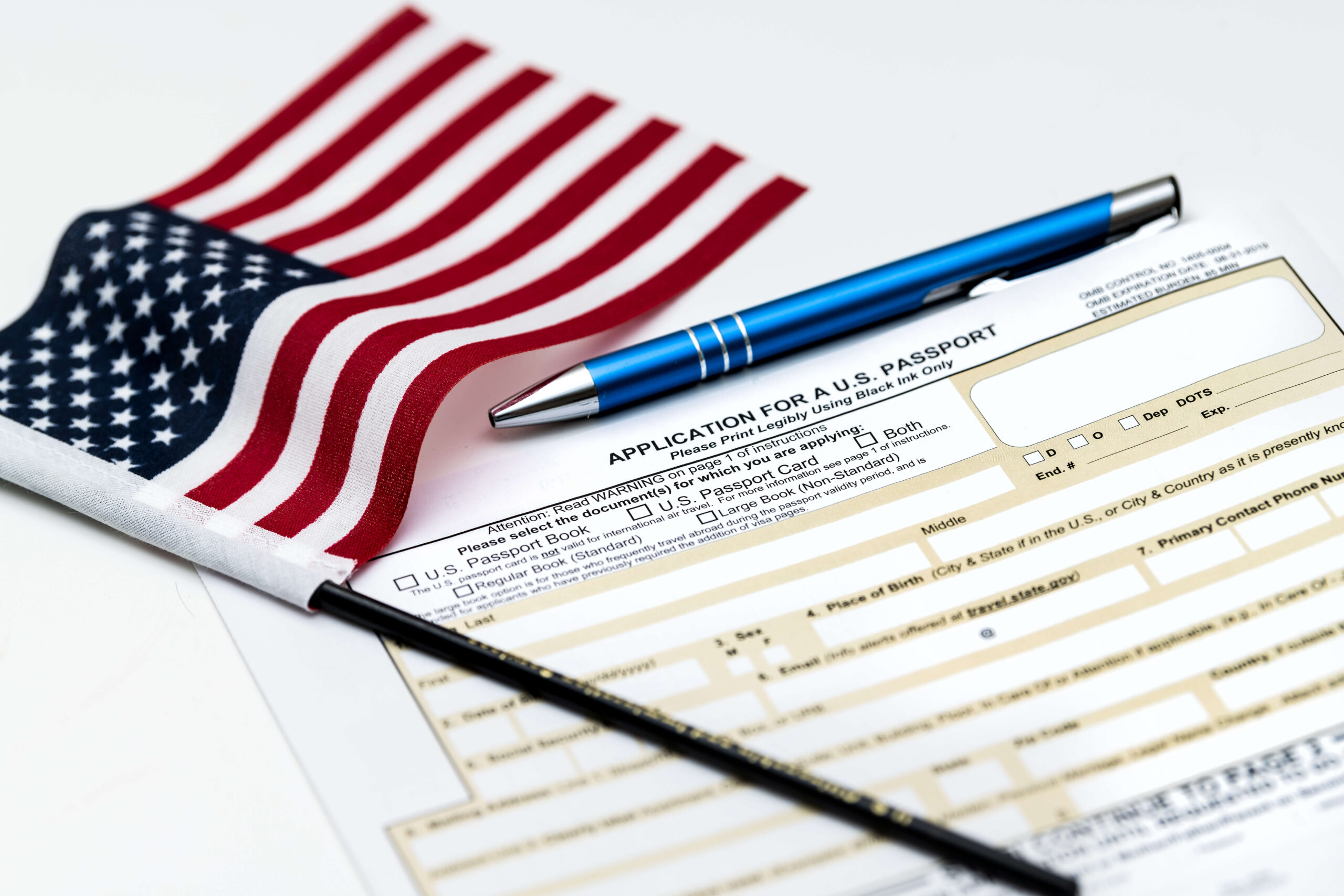After a tumultuous filing period for the second half of fiscal year (FY) 2019, employers that rely on H-2B seasonal workers received some good news. The U.S. Department of Homeland Security (DHS) has agreed to issue up to 30,000 additional H-2B visas for the second half of FY 2019, which runs through September 30, 2019.
The rule, Exercise of Time-Limited Authority to Increase the Fiscal Year 2019 Numerical Limitation for the H-2B Temporary Nonagricultural Worker Program, was published on May 8, 2019, which was also the first opportunity to file the additional H-2B petitions. The rule allows additional H-2B visa petitions to be filed for workers who were issued or otherwise granted H-2B status in FY 2016, 2017, or 2018. This means that only “returning workers” who previously held an H-2B visa are eligible.
What Is the H-2B Visa?
The H-2B program allows U.S. employers to hire temporary seasonal workers to fill nonagricultural jobs in the United States. H-2B visas are common in industries such as landscaping, hospitality, and retail. Congress has set the maximum number (cap) of H-2B visas at 66,000 per fiscal year. Half of those visas are allotted for workers who will begin work during the first half of the year (October 1–March 31) and the second half are allotted for workers who will begin work during the second half of the year (April 1–September 30). Employers are required to file H-2B applications with the U.S. Department of Labor no more than 90 days prior to the first date of need and no later than the 75 days prior to the date of need. As such, if employer’s date of need matches the first day of availability, applications are generally filed on January 1 and July 3.
The filing process for the H-2B visa is extensive. Employers must submit a temporary foreign nonagricultural labor certification application to the U.S. Department of Labor. They must also request a prevailing wage determination to verify the salary that must be paid to the H-2B worker based on the type of position and the region where the work is to be performed. In addition, the employer must engage in recruitment activities to try to find a qualified U.S. worker. The employer must also prove that the work is temporary; it must be based on either a one-time occurrence, a seasonal need, a peak-load need, or an intermittent need. After the application is certified by the Department of Labor, the employer is required to file a petition to USCIS for approval before the worker is able to apply for the visa.
Increasing Demand
Employers must use the Department of Labor’s iCERT electronic filing system to file for an H-2B visa. But the agency underestimated the demand for H-2B visas for the second half of 2019, and iCERT crashed upon opening of the system on January 1, 2019. The Department of Labor reported receiving 30 times more user requests on that day than it did on the first day of filing the year before. Ultimately, the agency received more than 96,000 requests for the 33,000 H-2B visas available.
Competition for H-2B visas seems to have grown since 2016 when Congress allowed the “returning worker” exemption to expire. That provision exempted H-2B workers from the cap if they had worked on an H-2B visa during at least one of the three previous years. Without the exemption, all potential H-2B workers are jockeying for the same 66,000 visas. In FY 2018, USCIS conducted the first-ever lottery to determine which H-2B petitions would be selected for adjudication.
Solutions
The H-2B visa is one of the rare visas that enjoys bipartisan support in Congress. In March 2019, members of Congress sent former DHS Secretary Kirstjen Nielsen a letter requesting that she issue the full 69,320 additional H-2B visas authorized by Congress in the Consolidated Appropriations Act of 2019. The authors cited historically low unemployment, the chronic oversubscription of the H-2B program, and the potential impact on local economies as justification for the additional visas.
While temporarily adding extra visas each fiscal year would help to address the high demand, there have been calls for a more permanent solution. DHS has said that it is up to Congress to find a long-term legislative fix. One solution would be to raise the cap, while another possible solution would be to eliminate the cap altogether.
Ogletree Deakins’ Immigration Practice Group will continue to monitor developments with respect to H-2B visas and will post updates on our immigration blog as additional information becomes available.




